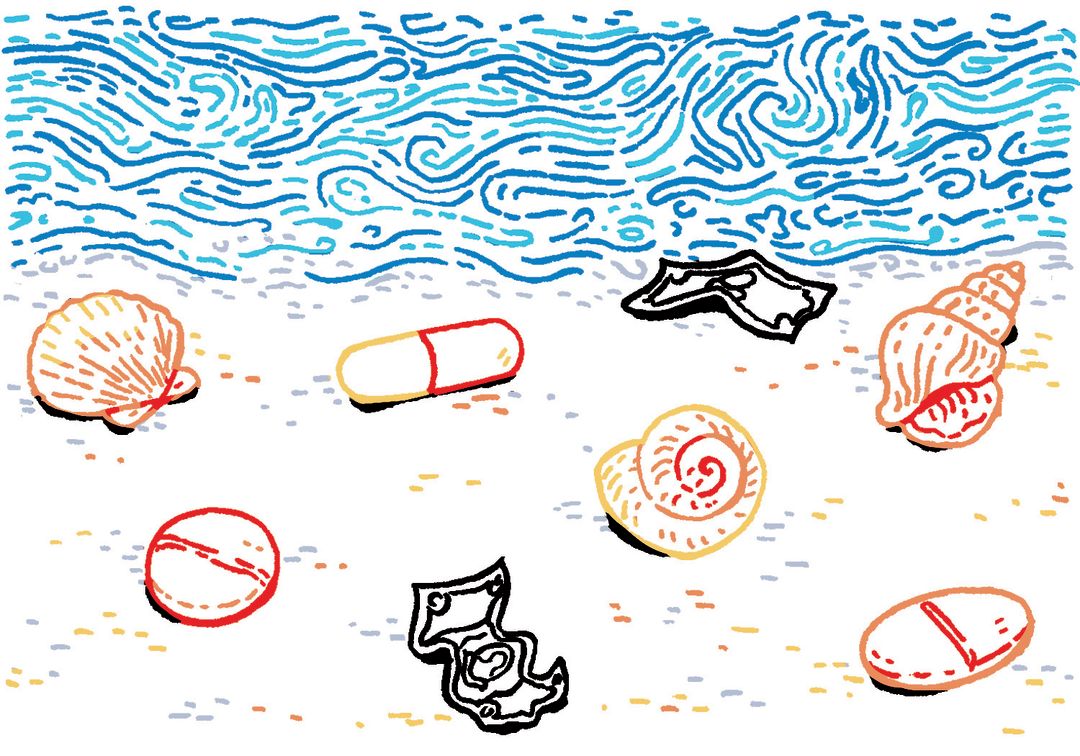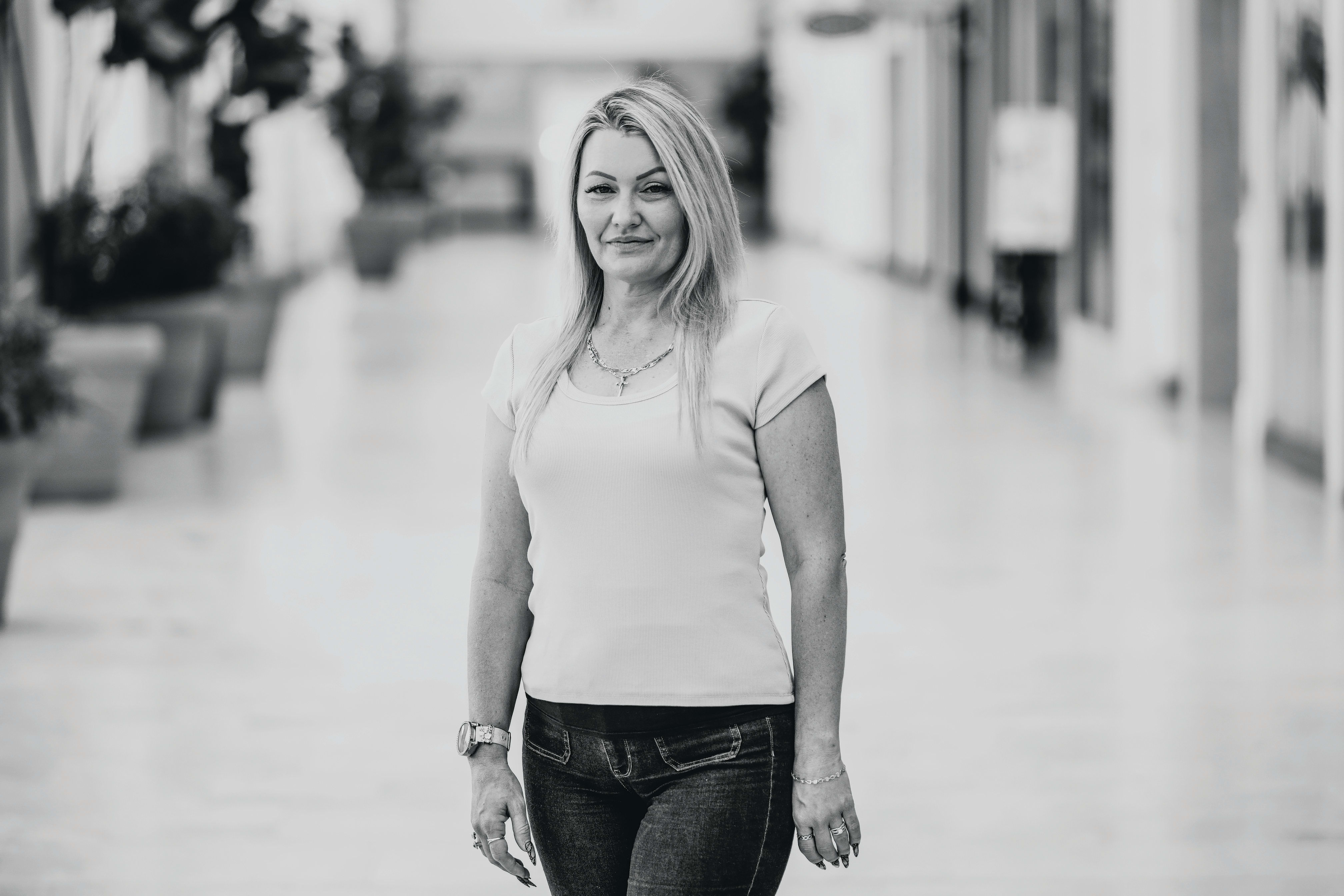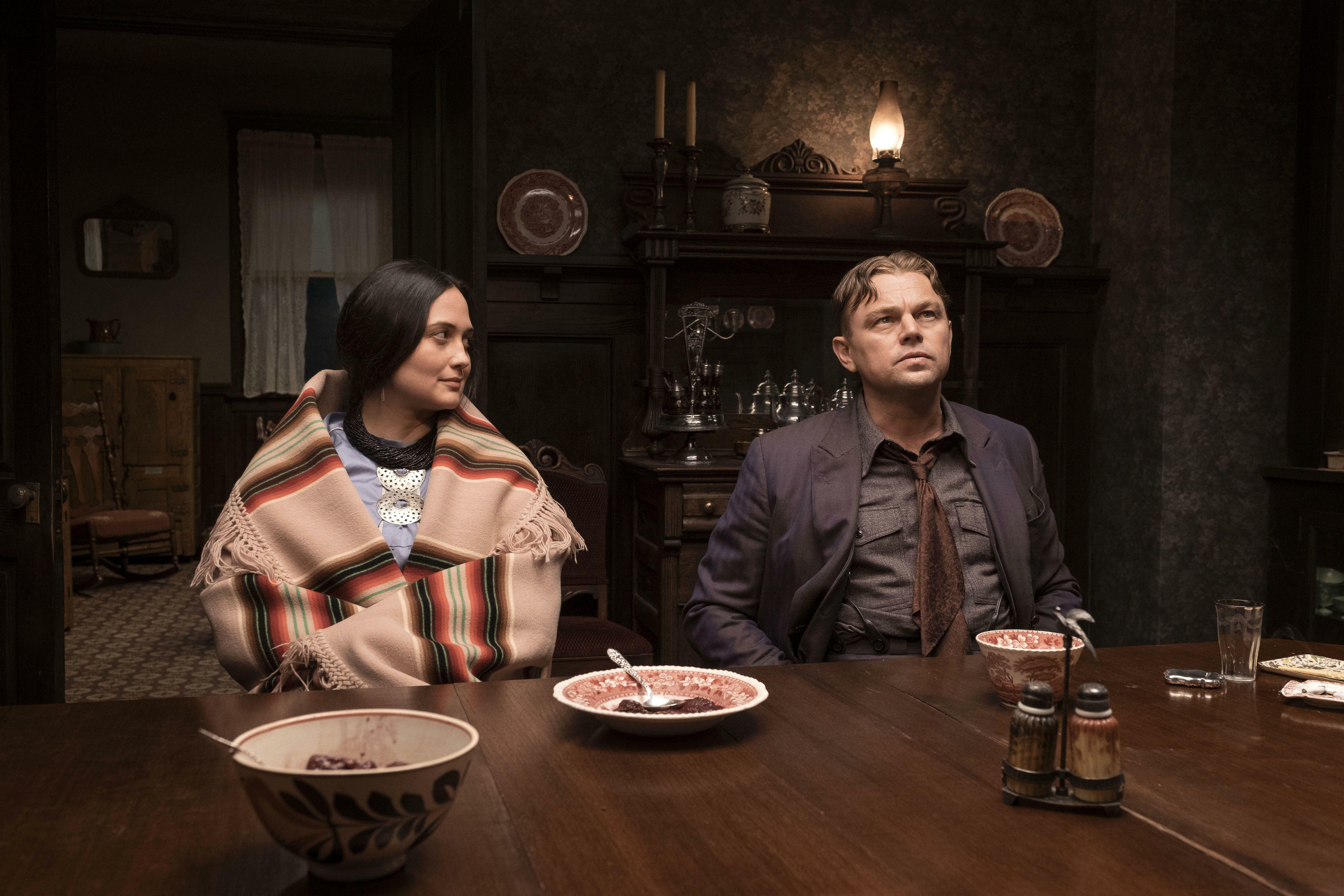How Much Has the Opioid Epidemic Cost Sarasota?

According to the White House, opioid addictions cost U.S. emergency responders, courts and health care providers more than $500 billion a year, and Florida, often referred to as “ground zero” of the opioid epidemic thanks to its proliferation of pill mills and prescriptions, makes up a large chunk of that total. But how can a city put a price tag on the damages? That’s the question attorneys representing the City of Sarasota are wrestling with, now that the city has decided to file a lawsuit targeting opioid manufacturers and distributors.
In 2017, Sarasota County emergency services personnel delivered 871 doses of Narcan, a nasal spray used to treat people suffering from a suspected opioid overdose. A single dose of Narcan costs $36. Each overdose also required the time of first responders, and many led to hospitalization, police involvement, court time and incarceration.
In 2016, the latest year in which statistics were available, 84 people in Sarasota County died from an unintentional poisoning, a statistic that includes overdoses, up from just eight in 1997. Last year, at Sarasota Memorial Hospital, 77 expectant mothers tested positive for drug use and 71 infants tested positive for neonatal abstinence syndrome—meaning they were exposed to drugs while in the womb and may experience withdrawal after birth. In Sarasota County, substance abuse is the No. 1 reason that children are removed from their parents’ care by the courts. All of that means increased strain on medical examiners, coroners, doctors, nurses, schools and the foster care system, and a huge cost to government and taxpayers.
The damage estimate is limited only by how creative you can be, says Bill Robertson, an attorney at the law firm Kirk-Pinkerton, who, along with colleague Steven Teppler of Jacksonville’s Abbott Law Group, is representing the city as it sues 12 drug manufacturers and distributors. Robertson and Teppler worked together previously to file claims on behalf of the city to recover $3 million from BP after the 2010 Deepwater Horizon oil spill.
Sarasota is joining more than 400 cities, counties, states and Native American tribes that are pursuing legal action against companies like Purdue Pharma, the creator of OxyContin, and Endo Pharmaceuticals, the maker of Percocet, as well as companies that sell and distribute opioids. They charge that the companies minimized the risk of opioid addiction, used deceptive advertising practices and failed to report suspicious, large-scale sales, all of which fueled a still-raging epidemic. Opioid sales totaled $9.6 billion in 2015.
The sprawling case is making its way through a federal court in Ohio. The judge there, Dan Polster, has said he wants to see a resolution this year. Robertson and Teppler say the most likely outcome is that the companies will agree to a settlement and that the money will be divided among the claimants according to a formula based on population size and severity of the crisis.
The strategy echoes that of the lawsuits that targeted BP and other companies at fault for the Deepwater Horizon oil spill, as well as those that went after Big Tobacco in the 1990s, when tobacco makers were forced to shell out $246 billion over 25 years. But the opioid lawsuit presents new challenges in how cities and counties estimate how much they’ve spent combating the crisis. An armed robbery committed by a drug user in need of cash for a fix, for example, may not be classified as a drug crime.
The other thorny subject is time. Already well over a decade old, the opioid crisis shows no sign of subsiding soon. Projecting how much the city will spend dealing with the proliferation of opioids in the coming years is also difficult. The White House has estimated that the opioid epidemic cost the country 2.8 percent of the nation’s gross domestic product in 2015.
Robertson and Teppler are in the process of researching all the ways local governments are picking up that tab and working to document those expenditures so that they stand up in court.
At the moment, they are working on behalf of the city for free. If the lawsuit fails, the attorneys will receive nothing; if it succeeds, they net 25 percent of the city’s portion of the settlement. Robertson says the city owes it to taxpayers to recover their money from the pharmaceutical companies. He also says pharmaceutical companies won’t change their practices until they’re forced to pay up. “That’s all they understand,” he says. “Until you hit their bottom line hard, they’re going to ignore you.”



